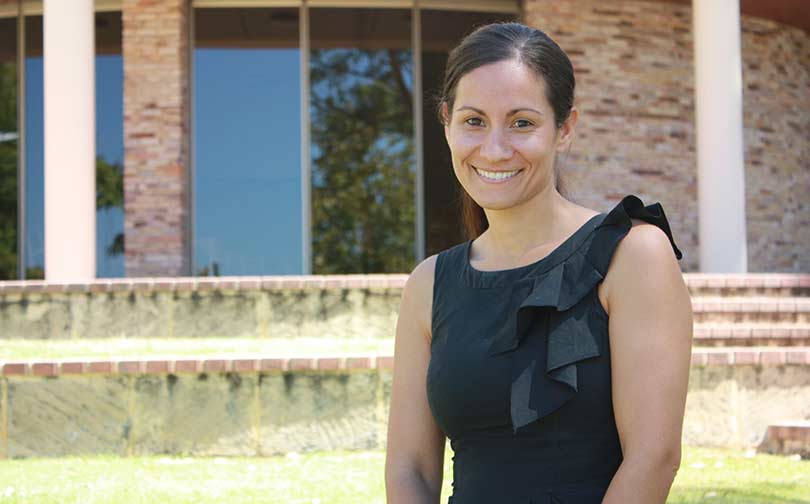With sugar being a ‘buzz word’ at the moment, it’s important to distinguish between the two different kinds – added sugars and naturally occurring sugars.
- Added sugars are the ‘empty calorie’ kind – like cakes, soft drink, lollies, biscuits and chocolate – that are full of sugar and nothing much else
- Naturally occurring sugars are found in foods that are also packed with good nutrients that we need (such as fruit and dairy foods).
Foods which contain some natural sugar, are also really nutritious and need to be a part of our diet every day.
Diet
The benefits of boosting your fruit intake seem endless. It’s packed with vitamins and minerals that protect our bodies, fibre for healthy digestion, and
relatively low in energy, so they fill us
up without the risk of gaining weight.
Fruit (and vegetable) intake has been
linked with a protective effect against a
number of chronic diseases, particularly
for cardiovascular disease and cancer.
Boosting the fruit in your day is one of
the simplest steps you can take to feel
your best, but sadly, very few of us meet
the targets for fruit intake.
As a population, Australians do not
eat enough fruit or vegetables of any
variety. Figures show only seven per
cent of Australian adults meet their
recommended serves of vegetables
each day, and less than half meet their
recommended serves of fruit.
So rather
than being concerned about the sugar in
fruit, the biggest priority is to get more
people eating more fruit and vegetables
The recommended serves for each food
group are outlined in the Australian
Dietary Guidelines. For adults, the target
for fruit is two serves each day. This is the
minimum amount most of us need to
reap the nutritional benefits.
While there
is no problem with occasionally having
more than this, it’s not recommended to
go overboard with fruit, as their natural
sugars can add up the kilojoules.
So aim
to enjoy two serves of fruit on most days.
What is a serve of fruit?
A standard serve of fruit is 150 grams of fresh fruit or:
- 1 medium apple, banana, orange or pear
- 2 small apricots, kiwi fruits or plums
- 1 cup diced or canned fruit (with no added sugar) Or only occasionally
- ½ cup (125mL) 100% fruit juice no added sugar
- 30g dried fruit (for example, 4 dried apricot halves or 1½ tablespoons of sultanas)
The best fruit to eat is whichever kind you enjoy the most, and what is in season.However, it is best to stick to fresh fruit, rather than dried or juiced fruit. Dried fruit and juice are concentrated, so we tend to eat more of these than we would in fresh, whole form. That means they are higher in sugar, so aren’t great for our teeth, and also energy-dense, so can add up to extra kilojoules.
Juice also has less fibre, as the fibrous portion of the fruit is usually left behind, so it doesn’t keep us satisfied for as long as fresh fruit. All fruit is nutritious, so to get the greatest benefits, enjoy a variety.
Fruit is not the enemy. Excessive intake of refined sugars plays a significant role in the epidemics of obesity and related disease.
Sugar in its natural form (whole fruit) is not associated with adverse effects when consumed in the recommended amounts of two serves per day.


